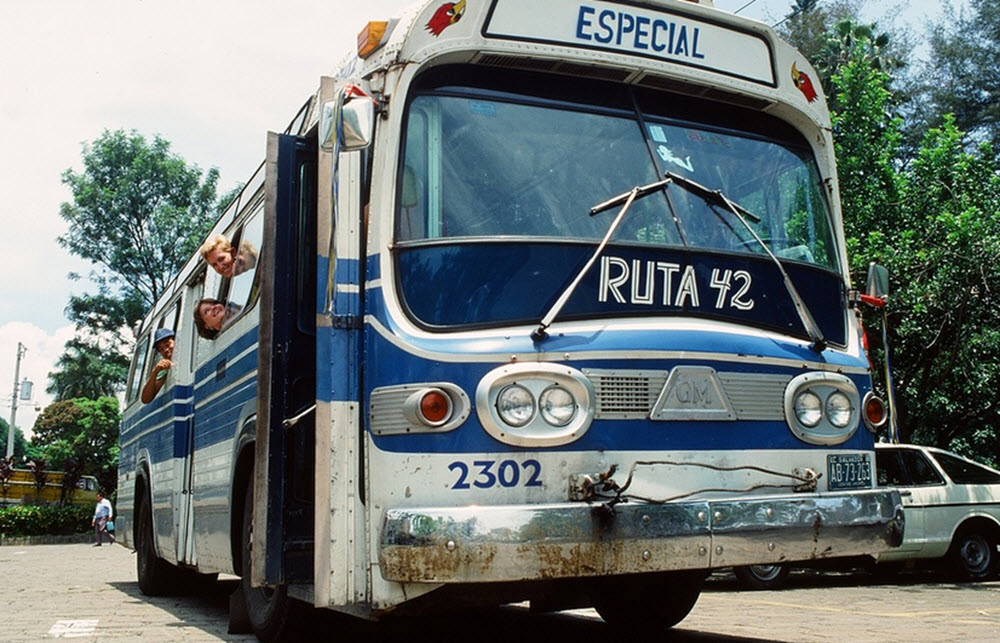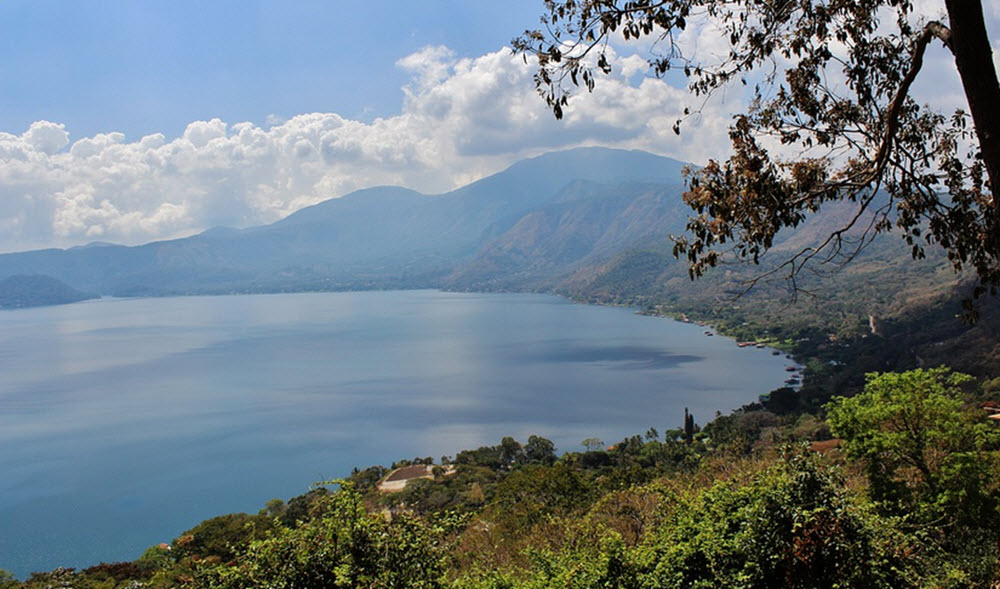Contents
El Salvador is the smallest and also the most densely populated country in Central America. As of 2018, the population was comprised of roughly 6.4 million people.
During the Spanish colonial era, the colonisers promoted the growing of indigo (Indigofera tinctoria) here as a cash crop for export. Later, indigo´s dominance was surpassed by coffee. In the early 20th century, coffee accounted for 90% of export earnings, making El Salvador – who was now an independent country – highly vulnerable.
Since then, El Salvador has sought to reduce its dependence on coffee. The manufacturing sector has expanded, and the country has also actively opened up trade and financial links outside the coffee industry. Still, El Salvador struggles with widespread poverty, which has formed a breeding ground for gang-related violent crimes.

Where is El Salvador?
El Salvador is located along the Pacific Coast of Central America, bordered on the north and east by Honduras and on the north-west by Guatemala. South-eastern El Salvador is close to north-western Nicaragua, but the two countries do not share a border.
What´s the capital of El Salvador?
San Salvador is the capital and most populous city of El Salvador.
In 2018, over 2.4 million of the country´s 6.4 million residents lived in the San Salvador metropolitan area.
Background
- Examples of Mesoamerican peoples that lived here in the pre-Columbian era are the Cuzcatlecs, the Lenca and the Maya.
- The Spanish Empire conquered the territory in the early 1500s and incorporated it into the Viceroyalty of New Spain. Formally, the territory was ruled from Mexico City.
- In 1609 the territory became a part of the Captaincy General of Guatemala, also known as the Kingdom of Guatemala. This was an administrative division of the Spanish Empire, under the viceroyalty of New Spain in Central America, and it included the present-day nations of Costa Rica, Nicaragua, Honduras, El Salvador, and Guatemala, as well as the Mexican state of Chiapas.
- In 1812, the Captaincy was divided into two provinces: Guatemala (consisting of present-day Guatemala, Belize, Chiapas, Honduras and El Salvador) and Nicaragua y Costa Rica. These provinces existed from 1812 to 1814 and once again from 1820 to 1821.
- The Captaincy ended in 1821 with the signing of the Act of Independence of Central America.
Ethnic groups
Over 85% of the population identify as Mestizo.
The major minority groups are:
- 12.7% White
- 1.23% Indigenous
- 0.13% Black
Why is it called El Salvador?
The conquistador Pedro de Alvarado named the province in honour of Jesus Christ. The full name was “Provincia De Nuestro Señor Jesus Cristo, El Salvador Del Mundo” which means “Province of our Lord Jesus Christ, the Saviour of the World”). This rather cumbersome name was subsequently abbreviated to “El Salvador”, which means The Saviour
What´s the currency of El Salvador?
The currency of El Salvador used to be the colón (since 1892), but in 2001 the United States dollar became the official currency of the country.

Short facts about El Salvador
Formal name: República de El Salvador (Republic of The Saviour)
Motto: Dios, Unión, Libertad (God, Unity, Freedom)
Anthem: Himno Nacional de El Salvador (National Anthem of El Salvador)
Demonym: Salvadoran (formal), Guanaco / Guanaca (informal)
Government: Unitary presidential constitutional republic
Area: 21,041 km2 (8,124 sq mi)
Capital: San Salvador, located at 13°41′56″N 89°11′29″W
Official language: Spanish
Largest religion: Roman Catholicism
Population: 6.4 million (2018 estimate)
Population density: Slightly more than 300 individuals per square kilometre (785 people per sq mi)
Currency: United States dollar (USD)
Time zone: UTC−6 (CST)
Driving side: right
Calling code: +503
ISO 3166 code: SV
Internet TLD: .sv
The major telephone companies are Tigo (roughly 45% of market share), Claro (roughly 25%) and Movistar (roughly 25%). Digicel and Red are also available, but less common.
